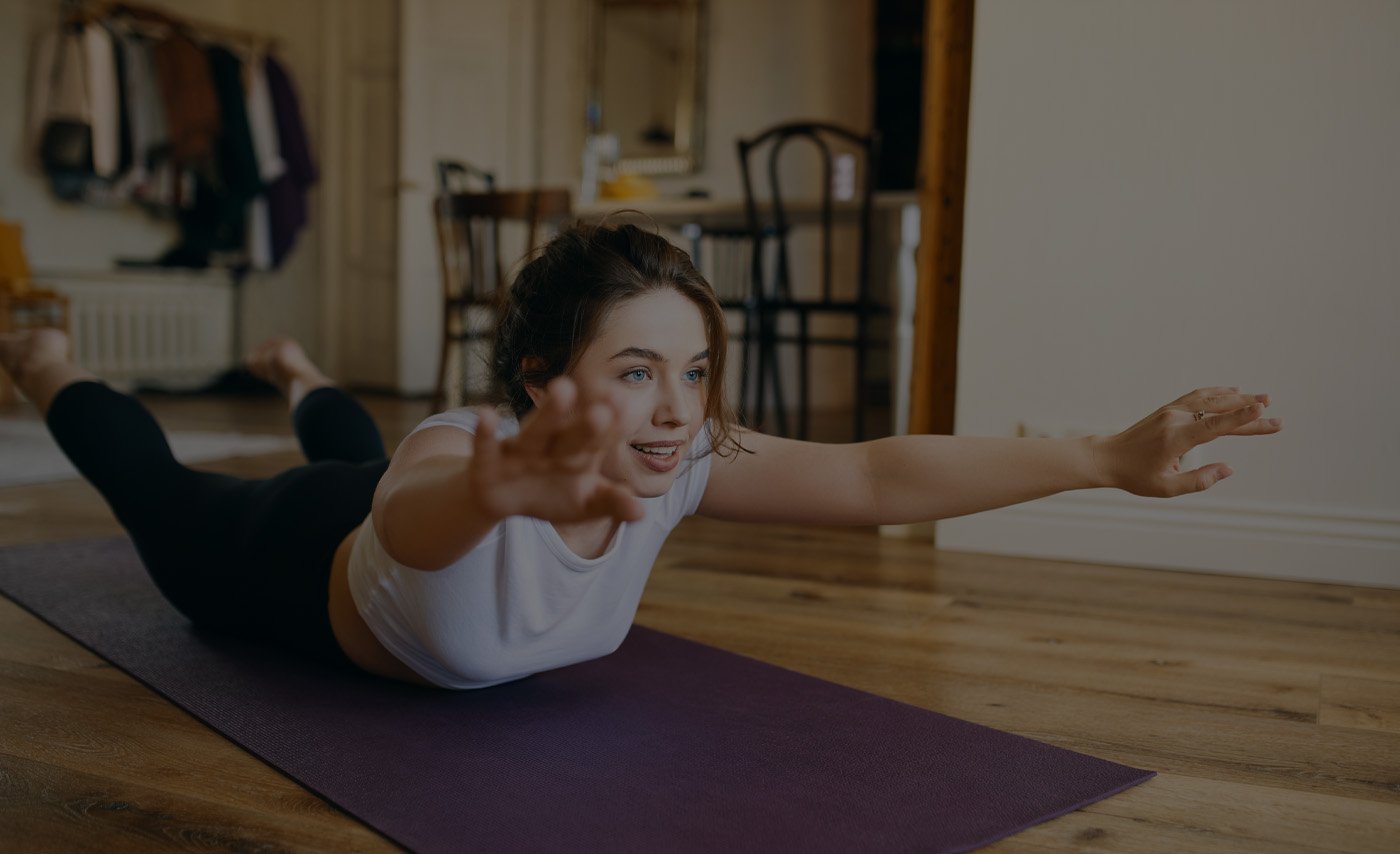Yoga and physical therapy are a natural fit to each other. Physical Therapy (PT) is a healthcare specialty involved with evaluating, diagnosing, and treating movement disorders impacting quality of life. They apply research and proven techniques to help people get back in motion and relieve pain. Physical Therapists need to receive a graduate degree – either a master’s degree or a clinical doctorate. It should be from an accredited PT program before taking the national licensure examination that allows them to practice. Because PTs receive specialized education in a variety of sciences – physics, human anatomy, kinesiology (human movement), physiology-to name a few. They understand how the body works and how to get it moving again.
Physical Therapists know how to manage all four of the body’s major systems – musculoskeletal, neuromuscular, cardiovascular/pulmonary, and integumentary (skin). This helps them to restore and maximize mobility. Given the depth of medical knowledge, the level of training and education in movement related sciences, PTs with specialized training in yoga are uniquely positioned to effectively treat pain, movement and posture related problems using this ancient practice as one of their tools. Like other branches of modern medicine, the field of PT is (finally!) waking up to the wisdom and relevance of yoga. The paradigm that yoga is for the able bodied, healthy individual is shifting. Yoga, Asanas and Pranayamas are increasingly becoming popular as a therapeutic tool in PT clinics.






Traditional yoga is modified to accommodate the patient’s medical condition, age, body type, work/activity and mechanism of injury or disease processes. We see Yoga and physical therapy as supportive to each other. When we use therapeutically in the PT clinic, yoga can be modified to include the use of adaptations/props. It helps breaking down big, complicated poses and movements into smaller steps and sub-steps.
“Adaptive” yoga often involves use of devices such as chairs, straps, blocks, blankets, walls, sand bags, rungs and more. Furthermore, safe and effective intervention using yoga requires deep knowledge of movement mechanics, the working of the human body, knowledge of injury mechanisms and healing – all core PT competencies – as well as creativity and a working knowledge of Yoga.
Common Physical Therapy goals of enhancing strength, flexibility, balance, motor control, kinesthetic senses, posture and alignment can be impacted with the judicious use of yoga and certain yogic principles. For example, the mindfulness and visualizations of yoga are used to enhance body awareness, balance and alignment. The “holding” phase of the yoga asanas help to build isometric muscle power, tone muscles, perform active stretching of targeted muscle groups. The controlled transitions in and out of postures enhance coordination and motor control. By breathing into the postures, muscle spasms can be relaxed, and pain can be relieved.
Synchronizing the breath with the movements further enhances oxygenation, and energy levels, leading to a feeling of wellbeing. At Pros In Rehab, the modern developments in Physical Therapy are skillfully combined with relevant, time-tested yogic practices to provide a truly wholesome, rejuvenating, safe and healing experience for our clients. By modifying the yogic practices tailored to our patients, we address their dysfunction effectively and return them to living active, fulfilling lives. East does indeed meet west here!
